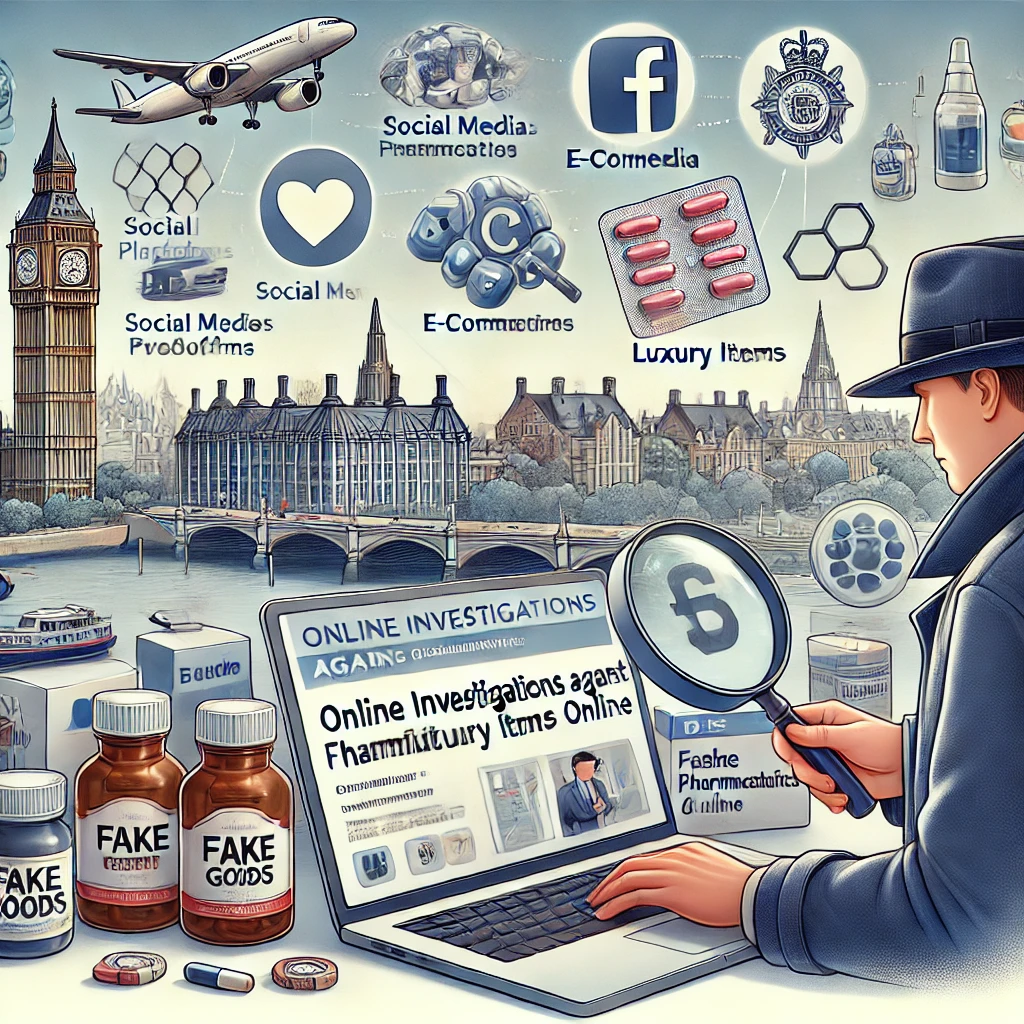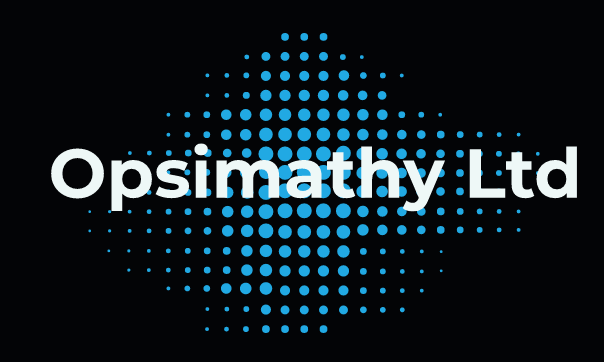
Online Investigations for Retail Copyright and Counterfeit Goods in the UK
In an increasingly digital world, the sale of counterfeit goods and copyright infringement is a significant challenge for UK retailers. Counterfeit products not only harm legitimate businesses but also pose safety risks to consumers. This is particularly concerning in sectors like pharmaceuticals, where fake medicines can endanger lives. Online investigations are a critical tool in combating these issues, enabling businesses to protect their intellectual property and brand reputation. In this blog, we explore practical techniques and tools for investigating fake goods online, supported by real-world examples from recent UK news.
The Growing Problem of Counterfeits in the UK
Counterfeit goods have proliferated on e-commerce platforms, social media marketplaces, and even standalone websites. According to the UK’s Intellectual Property Office (IPO), the trade in counterfeit goods costs the UK economy billions each year. In 2024, the National Crime Agency (NCA) reported that counterfeit pharmaceuticals alone posed a growing threat, with fake medicines flooding online platforms.
Recent high-profile cases illustrate the prevalence of counterfeiting in the UK. For instance:
- Counterfeit Pharmaceuticals on Social Media: In 2024, the Medicines and Healthcare Products Regulatory Agency (MHRA) seized over £3 million worth of counterfeit medicines sold via social media. These included fake antibiotics and unregulated weight-loss pills, which were advertised to UK consumers through Instagram and TikTok.
- Fake Designer Goods in London Markets: In a joint operation in 2023, UK Trading Standards and the City of London Police shut down a counterfeit goods network selling fake luxury items in Camden Market. Investigators traced online advertisements back to physical stalls.
Tools and Techniques for Online Investigations
1. Reverse Image Search
Reverse image search tools, such as Google Lens or TinEye, allow investigators to identify where an image is being used online. This is especially useful when counterfeiters use stolen product images in their listings.
Example: A UK-based skincare brand discovered that images of their products were being used in fraudulent eBay listings. By performing a reverse image search, they traced the images to multiple fake listings, enabling them to report and remove them.
2. Social Media Monitoring
Counterfeiters often exploit social media to sell fake goods directly to consumers. Monitoring hashtags, keywords, and marketplace listings can help identify illicit sellers.
Example: The MHRA identified social media accounts selling unlicensed pharmaceuticals by tracking hashtags related to weight-loss pills and fake COVID-19 tests. The evidence gathered led to account closures and arrests.
3. Domain Name Investigations
Fake goods are often sold through standalone websites that mimic legitimate ones. Tools like WHOIS lookup and DNS record analysis help uncover the operators behind these sites.
Example: In 2023, a UK pharmaceutical company discovered a fake website replicating their official online store. Using WHOIS data, they identified the domain registrant and worked with the NCA to shut it down.
4. Marketplaces and Ratings Analysis
On platforms like Amazon, eBay, and Etsy, counterfeit listings often have tell-tale signs, such as unusually low prices or generic seller profiles. Analysing customer reviews can also provide clues about product authenticity.
Example: A BBC investigation in 2023 highlighted fake dietary supplements sold on Amazon UK. Reviews mentioning side effects and suspicious packaging helped uncover these counterfeit products.
5. Collaboration with Platforms and Authorities
UK retailers should report counterfeit listings to platform operators and collaborate with enforcement agencies such as Trading Standards and the MHRA for effective action. Most major e-commerce platforms have intellectual property protection (IPP) programmes designed to facilitate this.
Example: In 2024, a UK sportswear brand partnered with eBay’s Verified Rights Owner (VeRO) programme to identify and remove over 5,000 counterfeit listings in just three months.
Challenges in Online Investigations
While online investigations are effective, they come with challenges:
- Anonymity of Sellers: Many counterfeiters hide behind fake profiles and offshore operations.
- Sheer Volume of Listings: The vast number of products listed daily makes manual monitoring difficult.
- Evolving Tactics: Counterfeiters continually adapt their methods, making it hard to stay ahead.
Conclusion
Online investigations are a powerful weapon in the fight against retail copyright infringement and counterfeit goods in the UK. By leveraging free tools and collaborating with platforms and regulatory bodies like the MHRA, businesses can protect their brand integrity and consumers. However, the problem requires ongoing vigilance, innovation, and international cooperation to address effectively.
Do you have experience or tips for combating counterfeiting in the UK? Share your thoughts in the comments below!



